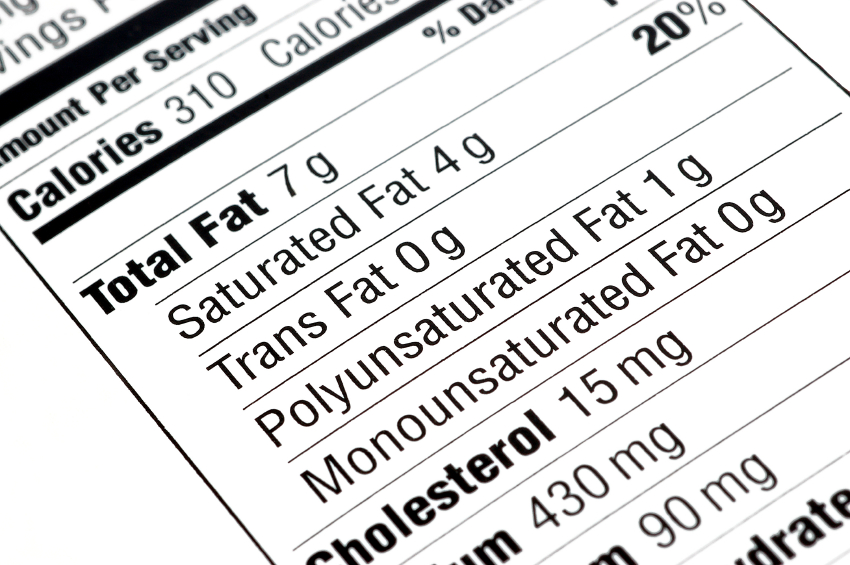10 Must-Try Exercises for Backache Pain Relief...
Key Highlights: Backache pain is a common issue that can…
Read More
Posted by Dr. Scott Wilson | 11-Sep-2015
Knowing what’s in your food is very important. Not only does it help you make sure you’re getting all the nutrients you need, the fact is that many foods contain ingredients that you might not expect. Which means that something that might appear to be healthy, could, in fact, be high in added sugar, salt or other ingredients that simply aren’t good for you. If you have food allergies and/or intolerances, know what’s in your food is that much more important. This means reading not just the ingredients list, but also the nutrition label. Nutrition labels provide a lot of valuable information, but they can also be confusing if you don’t know what you’re looking for. Here’s a quick summary of what you need to know:
If you need help with understanding nutrition labels or with developing a healthy nutrition/meal plan, don’t hesitate to give us a call. Remember, at Physiomed…Healthier Starts Here.

Key Highlights: Backache pain is a common issue that can…
Read More
Key Highlights: Neck pain can be caused by various factors…
Read More
Lower back pain is a common health concern that affects…
Read More
When it comes to weight loss, many people focus solely…
Read More
Stress has become an increasingly common and often overwhelming experience…
Read More
Sciatica pain is a common complaint that affects many people…
Read More